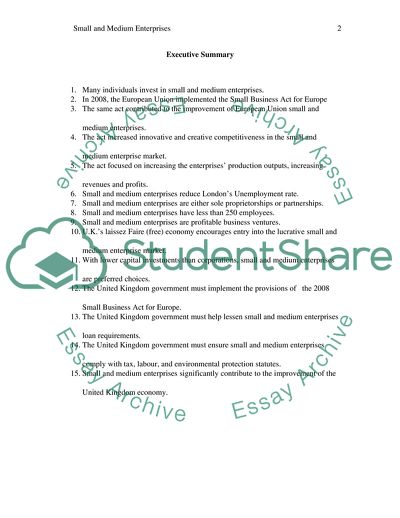Cite this document
(A review of academic research undertaken in relation to Small and Assignment - 1, n.d.)
A review of academic research undertaken in relation to Small and Assignment - 1. https://studentshare.org/finance-accounting/1805306-a-review-of-academic-research-undertaken-in-relation-to-small-and-medium-sized-enterprises
A review of academic research undertaken in relation to Small and Assignment - 1. https://studentshare.org/finance-accounting/1805306-a-review-of-academic-research-undertaken-in-relation-to-small-and-medium-sized-enterprises
(A Review of Academic Research Undertaken in Relation to Small and Assignment - 1)
A Review of Academic Research Undertaken in Relation to Small and Assignment - 1. https://studentshare.org/finance-accounting/1805306-a-review-of-academic-research-undertaken-in-relation-to-small-and-medium-sized-enterprises.
A Review of Academic Research Undertaken in Relation to Small and Assignment - 1. https://studentshare.org/finance-accounting/1805306-a-review-of-academic-research-undertaken-in-relation-to-small-and-medium-sized-enterprises.
“A Review of Academic Research Undertaken in Relation to Small and Assignment - 1”. https://studentshare.org/finance-accounting/1805306-a-review-of-academic-research-undertaken-in-relation-to-small-and-medium-sized-enterprises.


